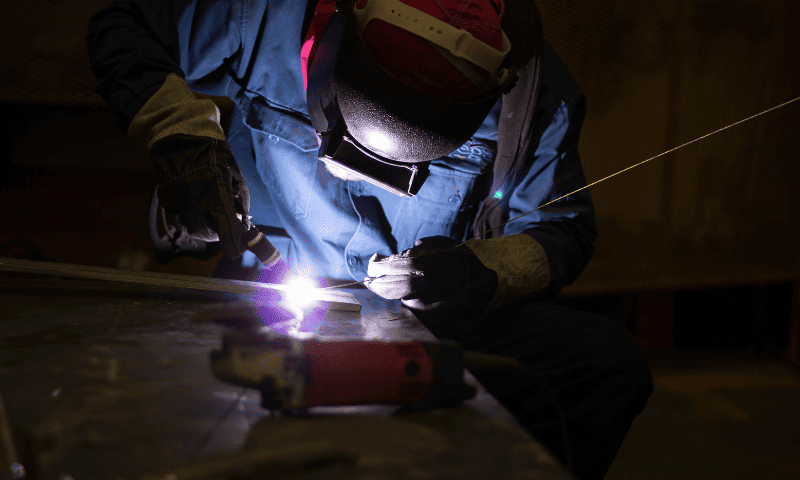Whether it’s a tee joint, lap joint, or butt joint, each type has its own characteristics and applications. Improving weld joints to stronger connections leads to better structural integrity and durability. In this guide, we’ll dive into the five basic types of weld joints and share some valuable tips on how to enhance them.
Understanding the Five Types of Welding Joints
The five basic weld joints are essential knowledge for any welding enthusiast. Each joint type has its own characteristics, forming process, and specific applications. It’s crucial to choose the right joint type based on project requirements to ensure strength and durability.
Here, we’ll delve into the definition and features of butt joints, corner joints, lap joints, tee joints, and edge joints.
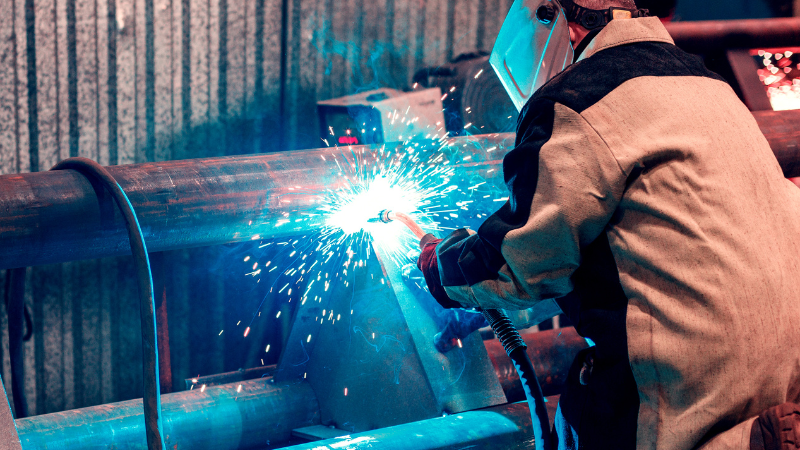
1. Edge Joints
An edge joint occurs when two pieces of metal with parallel edges are joined by a welding process along these edges. This type of joint is suitable for connecting thin sheets or panels.
- Strength: Edge welds can provide good strength when properly welded, and they are commonly used for joining plates or sheets.
- Ideal for sheet metal or thin plates.
- Can be strengthened by adding a bevel groove weld or fillet welding.
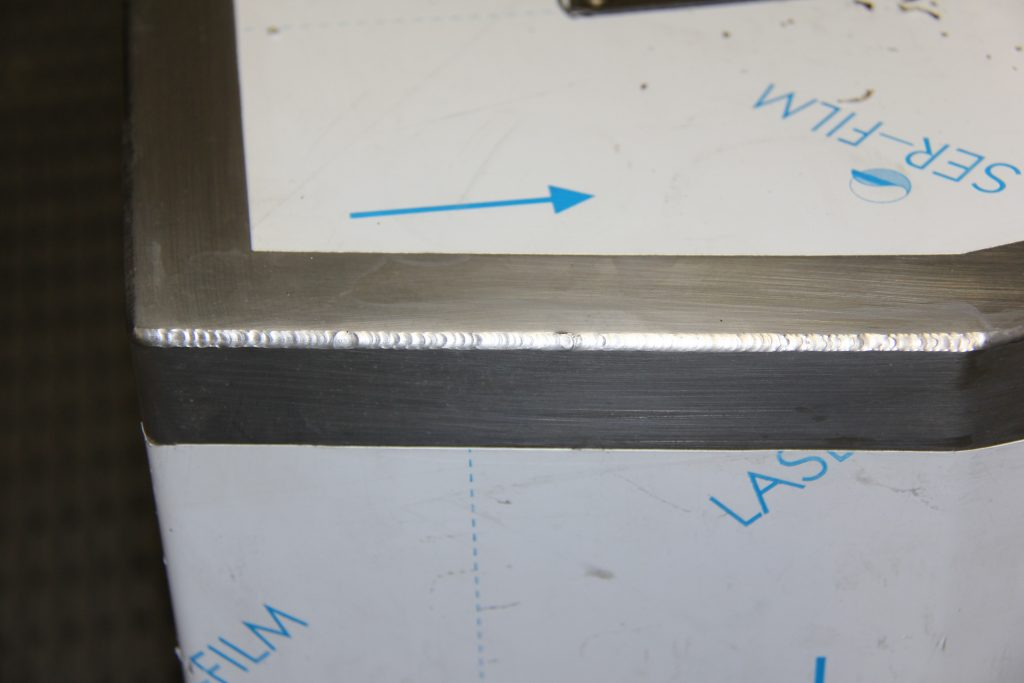
2. Corner Joints
In a closed corner joint, two metal pieces meet at a right angle and are welded together. This joint configuration is frequently employed in constructing frames or boxes.
- Strength: Corner joints can provide good strength when properly welded, but the weld may be prone to stress concentration at the corners.
- Commonly found in structures like frames and boxes.
- Open corner joints can be reinforced with the flare bevel groove weld or fillet.
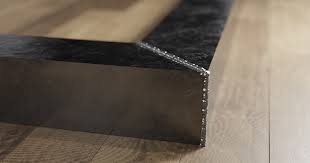
3. Butt Joints
The butt joint welding is also called a square groove weld. This is the most common type of joint. A square butt joint welding is formed when two metal pieces are aligned in the same plane and joined together by welding along their edges. The butt welding joint is commonly used in sheet metal fabrication or when joining plates end-to-end.
- Strength: Butt weld joints offer good strength when properly welded and provide a continuous connection between the two pieces.
- Suitable for thicker materials and structural applications.
- A bevel groove or double V-groove can improve strength and penetration.
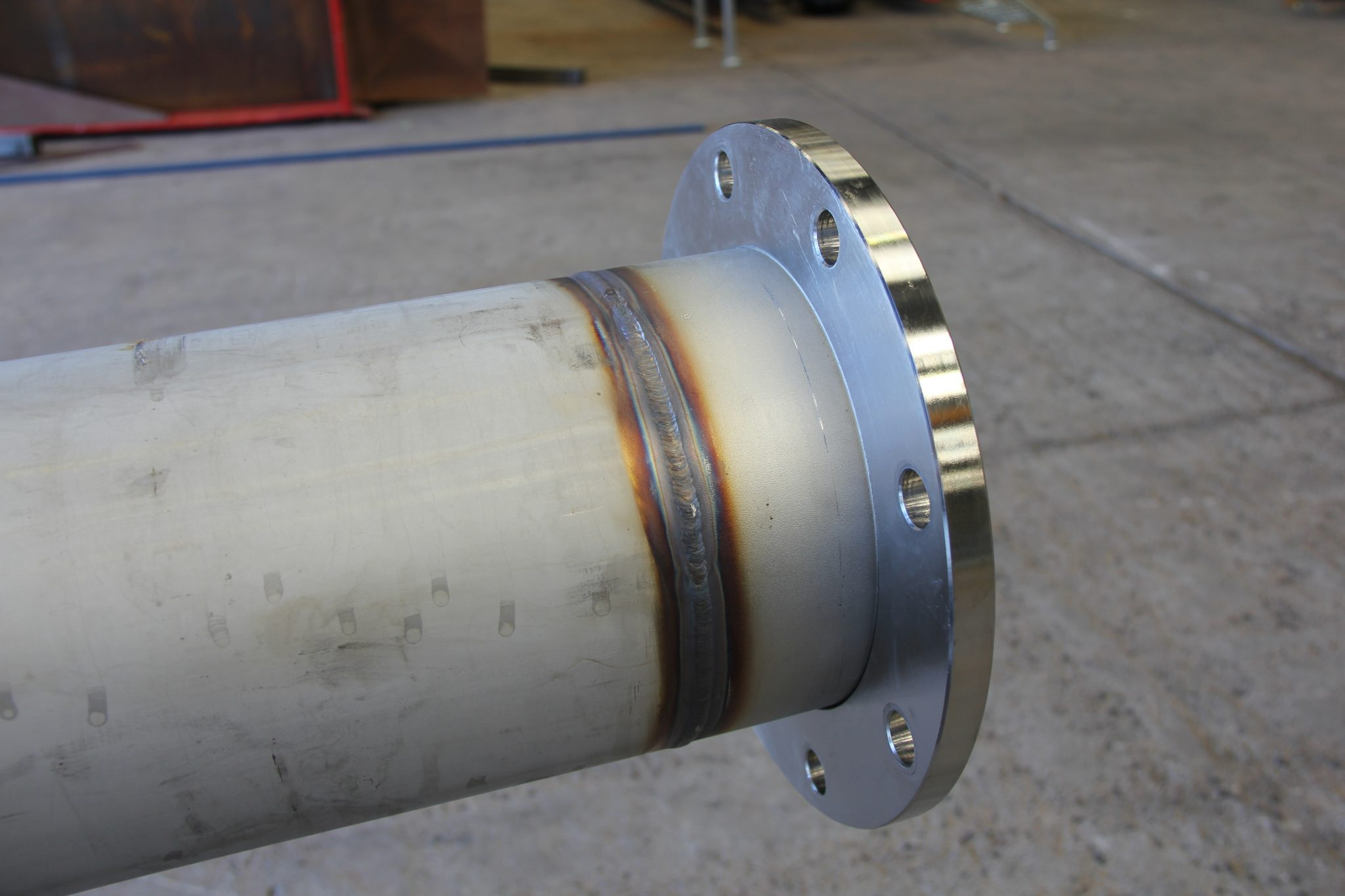
4. Lap Joints
Lap joint welding involves overlapping two metal pieces and then welding them together along the overlapped area. It’s commonly used in woodworking or when joining thin sheets.
- Strength: Lap joints may not offer as much strength as butt welds, but they provide good surface contact for welding and are commonly used for joining thin sheets.
- Often used in the sheet metal industry and automotive fabrication.
- Proper fit-up and tack welding help ensure alignment and strength.
- The lap joint is formed when two pieces are placed on top of each other overlapping each other for a given distance along their edge. In most instances, we do not see edge preparation done on a lap weld. A fillet weld is placed in the seam between the two overlapping members.
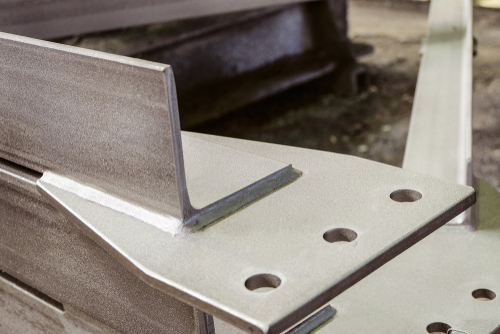
5. Tee Joints
A tee joint forms when one metal piece is perpendicular to another, creating a “T” shape. Welding is done along the intersection point. Tee joints are often used in pipe fittings or structural connections. T-joints typically require minimal joint preparation and are relatively easy to weld.
- Strength: Tee joint welding can provide good strength when properly welded, but the weld may be prone to stress concentration at the intersection.
- Tee welding joints are widely used in construction, manufacturing, and fabrication.
- Fillet welds provide reinforcement at the intersection.
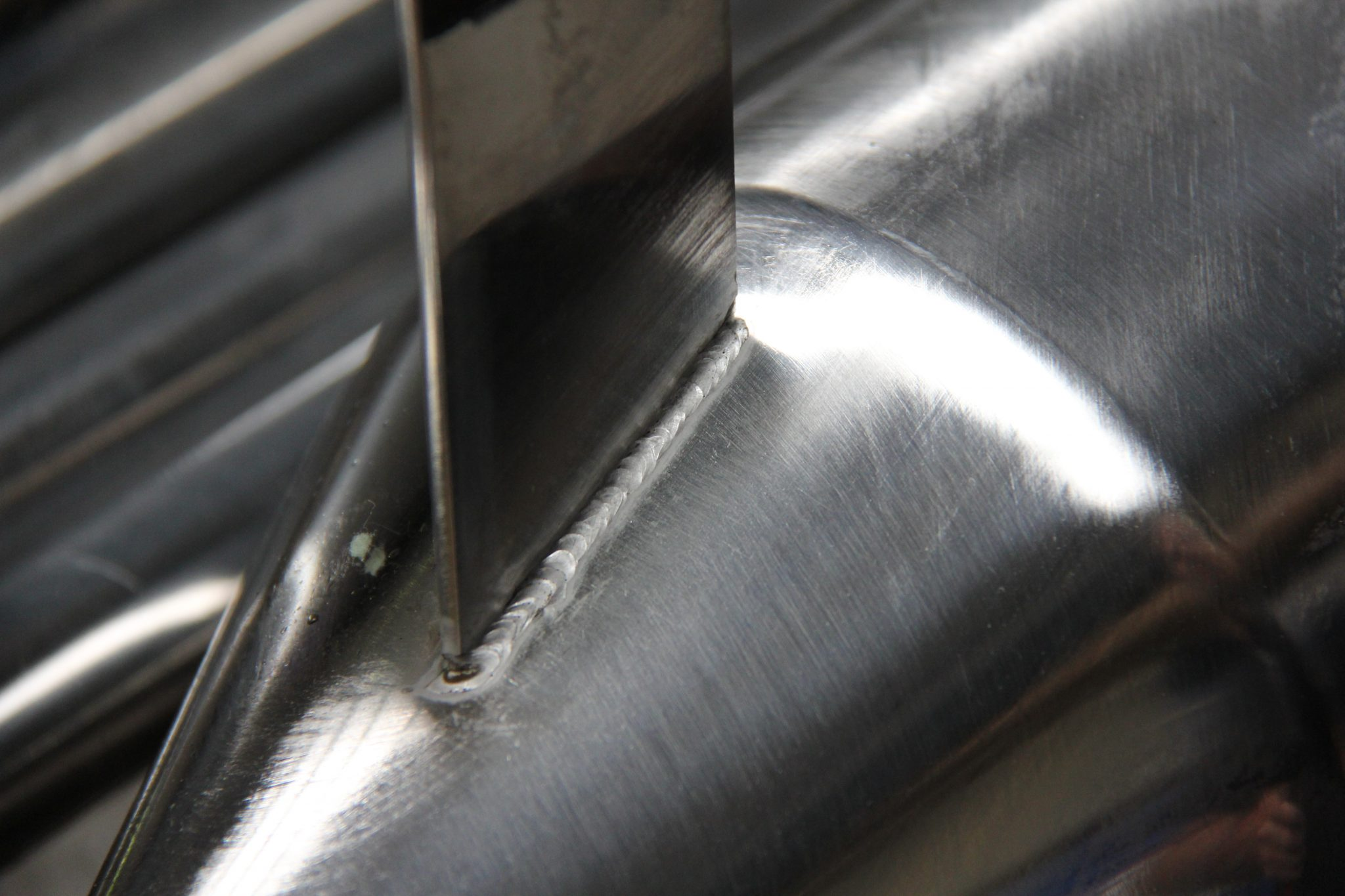
These are some of the common types of welding joints, but there may be other specialized or less commonly used joints as well.
Understanding these different types of weld joints empowers you to make informed decisions about which one best suits your needs. So whether you’re working on fabricating structures or creating intricate designs with metals—knowing your options will elevate your welding skills to new heights!
Techniques and Tips for Improving Weld Joints
Proper cleaning and preparation are essential for achieving quality weld joints. By following these techniques, you can enhance the overall weld quality.
- Proper fit-up and alignment: Ensure that the metal pieces to be welded are properly aligned and fit together tightly. This helps in achieving good fusion and prevents gaps or misalignment in the weld joint.
- Clean and prepare the surfaces: Clean the surfaces to be welded thoroughly to remove any dirt, rust, or contaminants. Use a wire brush or grinder to clean the surfaces and ensure good metal-to-metal contact for better fusion.
- Use the right welding technique: Select the appropriate welding style based on the type of joint and the metal being welded. Different welding styles like MIG (Metal Inert Gas), TIG (Tungsten Inert Gas), Arc welding, or Stick welding have their own advantages and considerations. Choose the technique that suits your application and practice proper welding techniques.
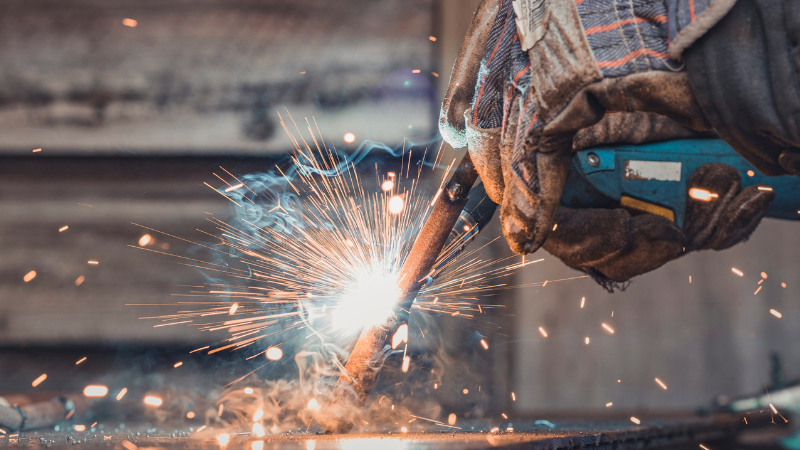
- Control heat input: Properly control the heat input during welding to avoid overheating or underheating the joint. Excessive heat can cause distortion or weaken the joint, while insufficient heat may result in poor fusion. Maintain a steady and consistent welding speed and adjust the heat settings accordingly.
- Use proper welding parameters: Ensure that you are using the correct welding parameters such as current, voltage, and wire feed speed for MIG welding or current and tungsten type for TIG welding. The ability of a welded joint to withstand forces depends upon both the weld joint design and the weld integrity.
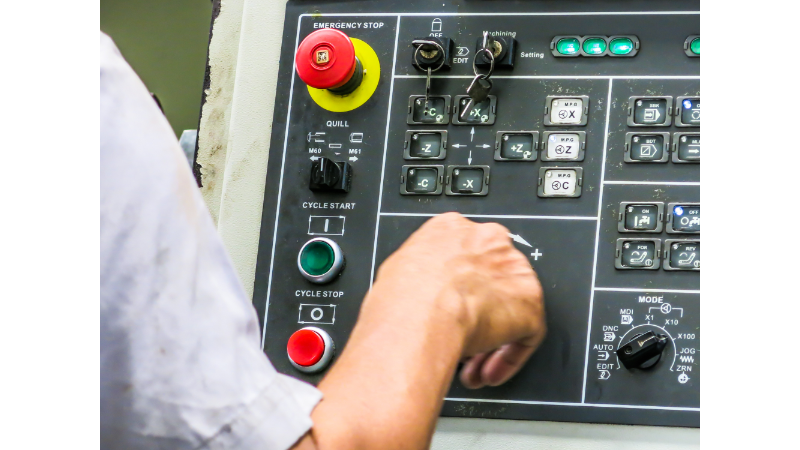
- Use proper welding consumables: Select the appropriate welding consumables such as electrodes, filler wires, or shielding gases based on the type of joint and the metal being welded. Using the right consumables ensures better fusion and strength of the weld joint.
- Practice good weld beads technique: Develop a good weld bead technique by maintaining a steady hand and controlling the weld puddle. Ensure proper penetration and fusion by making multiple passes if required, especially for thicker materials. When welding dissimilar metal thicknesses, you need to focus the weld on the thicker material.
- Perform post-weld treatments: After welding, perform necessary post-weld treatments such as grinding, cleaning, or stress relieving to improve the appearance and strength of the weld joint.
- Inspect and test the weld joint: After welding, inspect the welding joint visually and perform non-destructive or destructive testing if required to ensure the quality and integrity of the joint. You can learn more about monitoring welded joints from this article.
By implementing these techniques and tips, you can enhance your welding skills and create high-quality weld joints with improved strength and durability.
How To Choose the Right Type of Weld Joint
Selecting the right type of welding joint is crucial for achieving strong and durable connections. Here are some factors to consider when choosing a weld joint type to create a sound weld.
1. Material Thickness
The thickness of the materials being joined plays a significant role in determining the appropriate weld joint. Thicker materials may require groove-type weld joints, while thinner materials can be effectively joined using fillet joints.
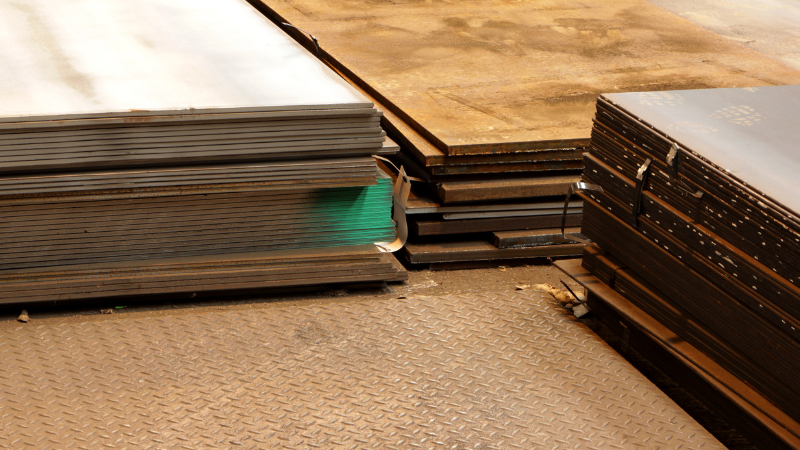
2. Application
Consider the purpose and function of the welded structure or component. Different weld joint types have specific applications and are suited for different scenarios. For example, butt joints are commonly used for joining two workpieces end-to-end, while lap joints are suitable for joining thin sheets.
3. Strength Requirements
Evaluate the strength requirements of the joint. Some weld joint types, such as butt joints or full penetration welds, offer higher strength compared to other joint types. Consider the load-bearing capacity and structural integrity required for the specific application. According to this article, you can use the welding calculator to measure the strength of the welding.
4. Joint Accessibility
Assess the accessibility of the joint. Some joint types, like butt joints or tee joints, may be easier to access and weld compared to other types, such as corner joints or edge joints. Consider the available space and ease of welding in the specific application.
5. Weld Quality and Appearance
Consider the desired quality and appearance of the weld. Some joint types, like lap joints or edge joints, may provide better surface continuity and appearance. Evaluate the visual requirements and aesthetic considerations for the specific application.
Matching welding project specifications with appropriate weld joints involves careful consideration of these factors. Consulting with experienced professionals or engineers is essential to ensure that you choose the right welding joint for your specific needs.
FAQs
1. What are some common mistakes to avoid when welding?
Some common mistakes to avoid include inadequate surface preparation, improper electrode angle or travel speed, excessive heat input or penetration, lack of fusion or penetration, and insufficient shielding gas coverage or flow rate.
2. How do I determine which type of weld joint is suitable for my welding projects?
Consider factors such as joint strength requirements, material thicknesses being joined together, accessibility for welding in tight spaces if applicable, aesthetic preferences if visible, and any specific industry standards or guidelines that may apply.
3. What can I do to improve the strength of my weld joints?
To improve joint strength, focus on factors such as proper fit-up, ensuring adequate penetration, selecting appropriate filler material and electrode type, controlling heat input, and implementing suitable post-weld treatments like stress relieving if necessary.
Conclusion
Laser welding machines have revolutionized manufacturing by providing fast, precise, and cost-effective solutions for welding a wide range of materials. Welding the joint is a key step in selecting and completing the project. After understanding the basic information and improvement skills of welding joints, the efficiency of the manufacturer will greatly improve efficiency.
Get Powerful Laser Welders for Your Business!
Are you seeking the most efficient and effective welding solutions for your business? Baison’s laser welding machines have been designed to deliver precise and high-quality welding.
Check out our catalog and choose the one that suits you best. What are you waiting for? Increase productivity and production quality with our hand-held fully automatic laser welding machines or laser welding robots.

